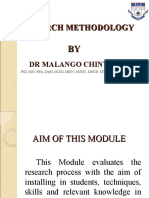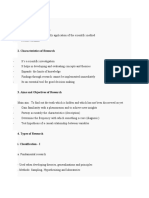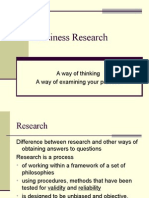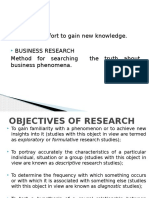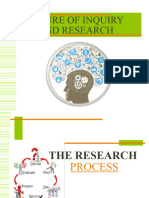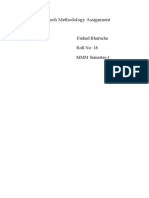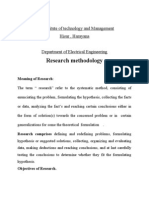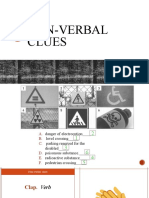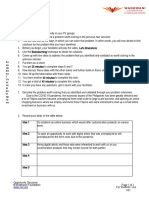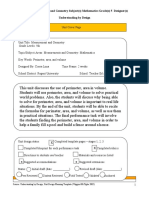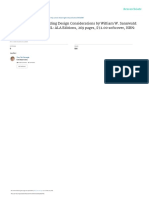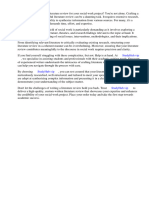0% found this document useful (0 votes)
11 views53 pagesResearch Methods Topic 2 Research Process
The research process consists of a series of steps essential for conducting effective research, including topic formulation, problem definition, literature review, research design, data collection, analysis, and reporting. Each stage is crucial for ensuring clarity, ethical considerations, and methodological rigor in addressing research questions. The document also outlines various sampling techniques and emphasizes the importance of ethics in research.
Uploaded by
realramie18Copyright
© © All Rights Reserved
We take content rights seriously. If you suspect this is your content, claim it here.
Available Formats
Download as PPTX, PDF, TXT or read online on Scribd
0% found this document useful (0 votes)
11 views53 pagesResearch Methods Topic 2 Research Process
The research process consists of a series of steps essential for conducting effective research, including topic formulation, problem definition, literature review, research design, data collection, analysis, and reporting. Each stage is crucial for ensuring clarity, ethical considerations, and methodological rigor in addressing research questions. The document also outlines various sampling techniques and emphasizes the importance of ethics in research.
Uploaded by
realramie18Copyright
© © All Rights Reserved
We take content rights seriously. If you suspect this is your content, claim it here.
Available Formats
Download as PPTX, PDF, TXT or read online on Scribd
/ 53




